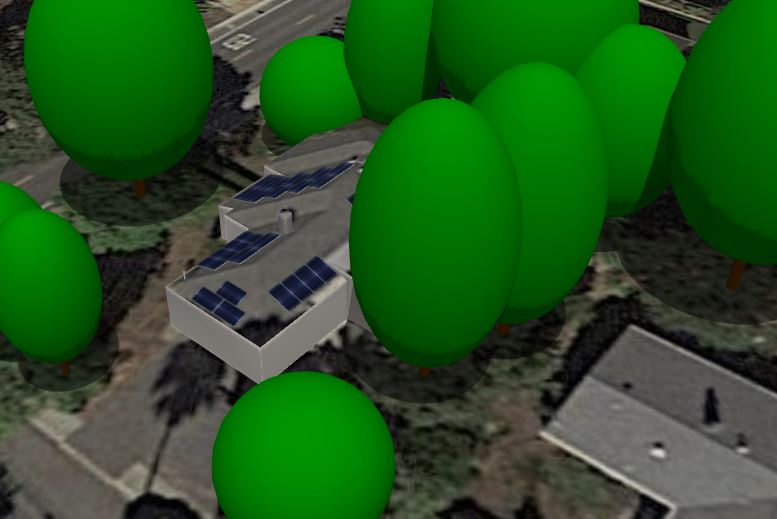
Spanish tile refers to the style of the tile, not the material. Spanish tile is usually made of either clay or concrete. Installing a solar PV system on a clay tile roof, generally, is far more expensive than installing on a concrete tile roof.
Solar for Tile Roofs – Where Material Matters
Many homeowners who have Spanish tile roofs believe the tiles are made of clay when in fact they are made of concrete.
There’s a big reason we need to accurately assess roof material prior to obtaining quotes from solar companies. If an installation company believes a project consists of a clay tile roof, and it is proven to be concrete, then the quotes will be artificially too high (reflecting an unnecessary, costly “comp-out” procedure) effectively pricing the installer out of winning the bid.
Our SolarBook video below explains how comp-outs are done for some tiled roofs:
Practical Ways to Make an Assessment of Roof Tile Material
Here are a couple of tips to figuring out if your tiled roof is made of clay or concrete.
If the house is relatively new (and has a relatively new main service panel), then the customer very likely has a concrete tile roof — not clay. It’s very unlikely that builders install clay tile roofs on new homes, due to the additional cost for the material. You can check to verify the year in which a house was built via Zillow.com.
Old homes are also far more likely to have clay tile roofs than newer homes. This is because concrete tile – of the modern era – looks almost as good as clay tile, so it would make no sense to pay the extra money for something that looks marginally better. This is exactly why new, expensive homes are not built with clay tile either.
In general, concrete Spanish tile roofs look more uniform than clay.
However, sometimes roofers do use a fiberglass composite that looks like clay. Unfortunately for customers with fiberglass composite roofs who want to go solar, these type of roofs, like a clay tile roof or fragile (thin) tile roof, would need a cop-out.
Using Satellite Imagery For Your Solar Assessment
Do a Google Maps search. If you see that every house in the neighborhood has the same type of roof tile then the tile is almost certainly concrete, not clay.
Also, see if there are any houses in the neighborhood with solar installed. Then zoom in. If you see that the PV system is installed high-profile, using tile mounting (i.e. system is installed on top of the tile) not via comp-out (low profile, with tiles backfilled partially underneath the edge of the array) – then you know the roof is tile, not clay.
Lastly, if the neighborhood consists of tract homes, the roof material certainly consists of concrete, not clay. No tract home developer would use clay tile in the modern era.
Post updated 9/11/2018


 environment. As an example, let’s say that you’ll need to trim three trees to optimize your solar system. We can easily compare the difference in carbon offset from a solar system and this group of trees.
environment. As an example, let’s say that you’ll need to trim three trees to optimize your solar system. We can easily compare the difference in carbon offset from a solar system and this group of trees.